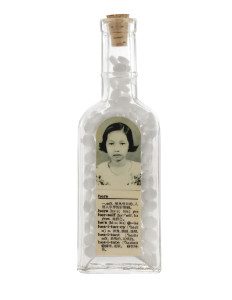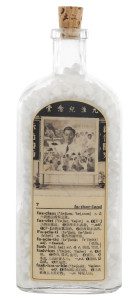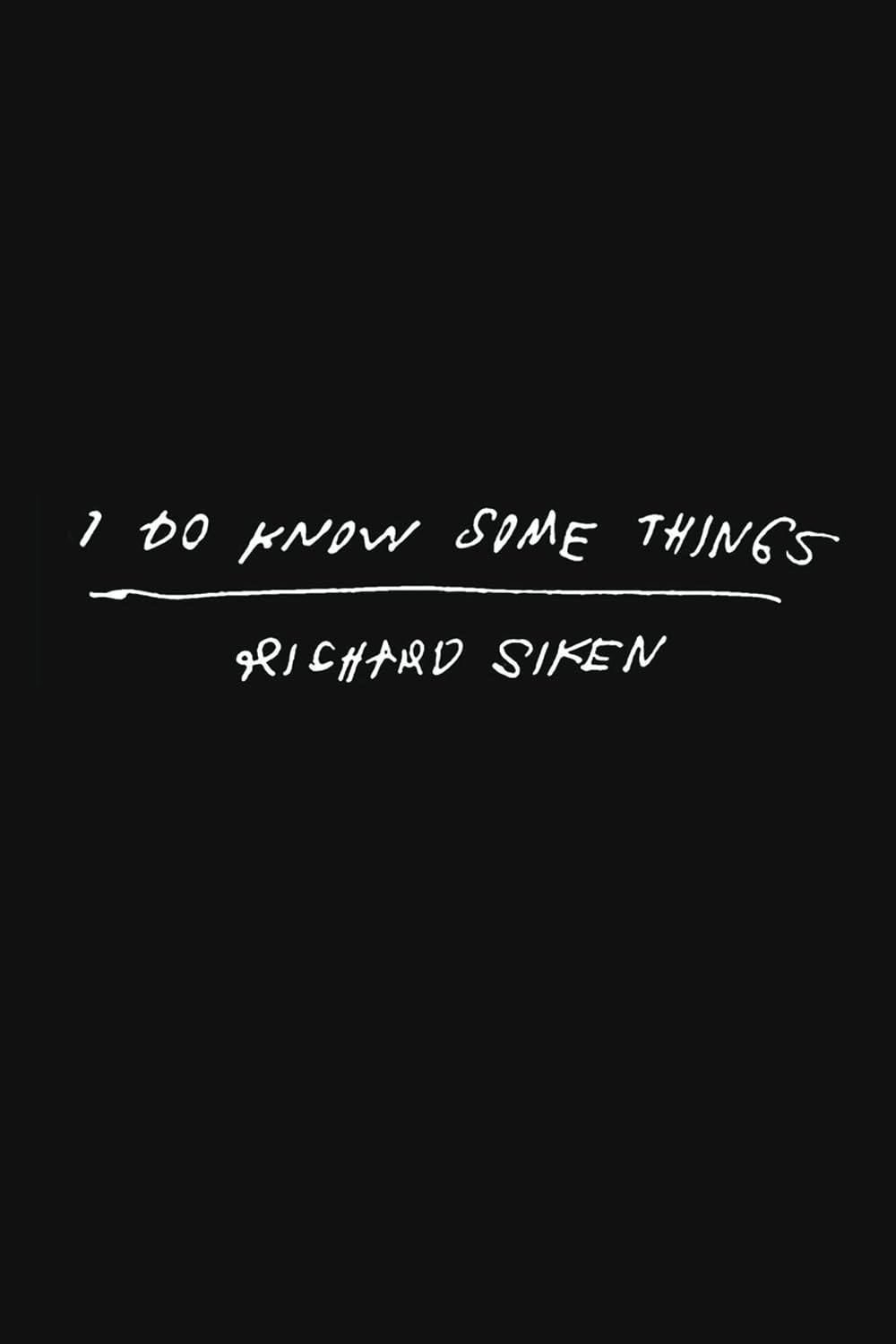Selected by Joy Harjo for the Kore Press 2014 First Book Award, Silent Anatomies is a visual-textual dissection and apothecary. It is a poetry book not concerned so much with healing-as-resolution than with a gender and race-aware exploration of the shapes history makes in our living present.
The structure of Ong’s book is perhaps best described as dialectical, or maybe contrapuntal, with text, family photos, anatomical illustrations, product labels, and medical ephemera modifying and producing each other and something greater than. At times, one has the urge to touch the pages, its tactile nature is so strong, though maybe this is the sign of a touchscreen life.
An investigation of family history told through fragments, Silent Anatomies centers mainly on what appears to be a Chinese Filipino context. This is important to seeing some of the through-lines in the book, the ways both Chinese and Filipino ethnic and national experiences weave together to generate the specific gendered and racialized subjects that are Ong’s family members. Colonial history also plays an important part of this text, in the form of beauty products such as skin lightener.
The poem “The Onset,” a series composed of modified beauty product labels and footnotes situated at the bottoms of blank pages, calls to mind the feminist strategy of subverting and reinventing the authority of certain forms and languages that are already gendered and racialized. For example, the footnote-as-form is used in Jenny Boully’s “The Body,” with the blank page serving as an absent female-gendered body on which the text is commenting.
Similarly, “The Onset” comments on a body that is present only through its visual
absence. Ong tells of the transmission of gender, sandwiching footnote and image:
5 There are no fireworks when girls are born. My mother is translating her mother.
 Next page, a corked ointment bottle—label consists of a photo of a young girl (the poet’s aunt), and under it, a clipped section from a vintage English-Chinese dictionary, starting with the word “hers”:
Next page, a corked ointment bottle—label consists of a photo of a young girl (the poet’s aunt), and under it, a clipped section from a vintage English-Chinese dictionary, starting with the word “hers”:
hers
her-self
he’s
hes-i-tan-cy
her-i-tant
hes-i-tate
Opposite page, a corked ointment bottle—label consists of a photo of a Chinese language poster featuring a well-groomed man being celebrated by a large crowd.
 Beneath, another clipped dictionary section, starting with the word “fa-ther-land” and
Beneath, another clipped dictionary section, starting with the word “fa-ther-land” and
then:
fas-cism
fas-cist
Fa-scis-ti
fa-scis-tic
fash
fash-ion
fash-ion-a-ble
The following page:
6 I was almost thirty when diagnosed with acute filial piety.
By sequencing texts this way, “The Onset” raises intriguing questions about gender socialization’s connection or disconnection with nationalism.
Other poems in Silent Anatomies further blur the line between text and image, reminding us that image is actually a readable text and the reverse as well. For example, “Elegy” centers on an anatomical sketch of a human arm with lines pointing to its various parts—conventionally used to label and name—in this case consisting of lines of poetry.
“Medica Visits the Witch Doctor” sets a Chinese chart of acupuncture meridians alongside ten brief instructions for treatment, corresponding to the chart’s numbered
points. For example, a point along the inside of the upper arm:
6. Move slowly along the lung meridian, to the block where the winters are long. You will need to push quite hard to release these ghost contractions, the scarlet sheets, and that morning’s soft snow impressed with a single angel.
In a way, perhaps on purpose, these are feverish poems. They are of the body and also exist as an excess of it, sweating and leaking the history of its embodiment through veins, muscles, tendons, bones, energy, organs, medical treatments, and beauty products. They present different ways of reading the body—scientific, medical (folk, Western, Chinese), gendered, racial, national—reminding us that the body itself is a narrative, not a bare biological fact. It has a history, a silent anatomy, that undergirds experience.




